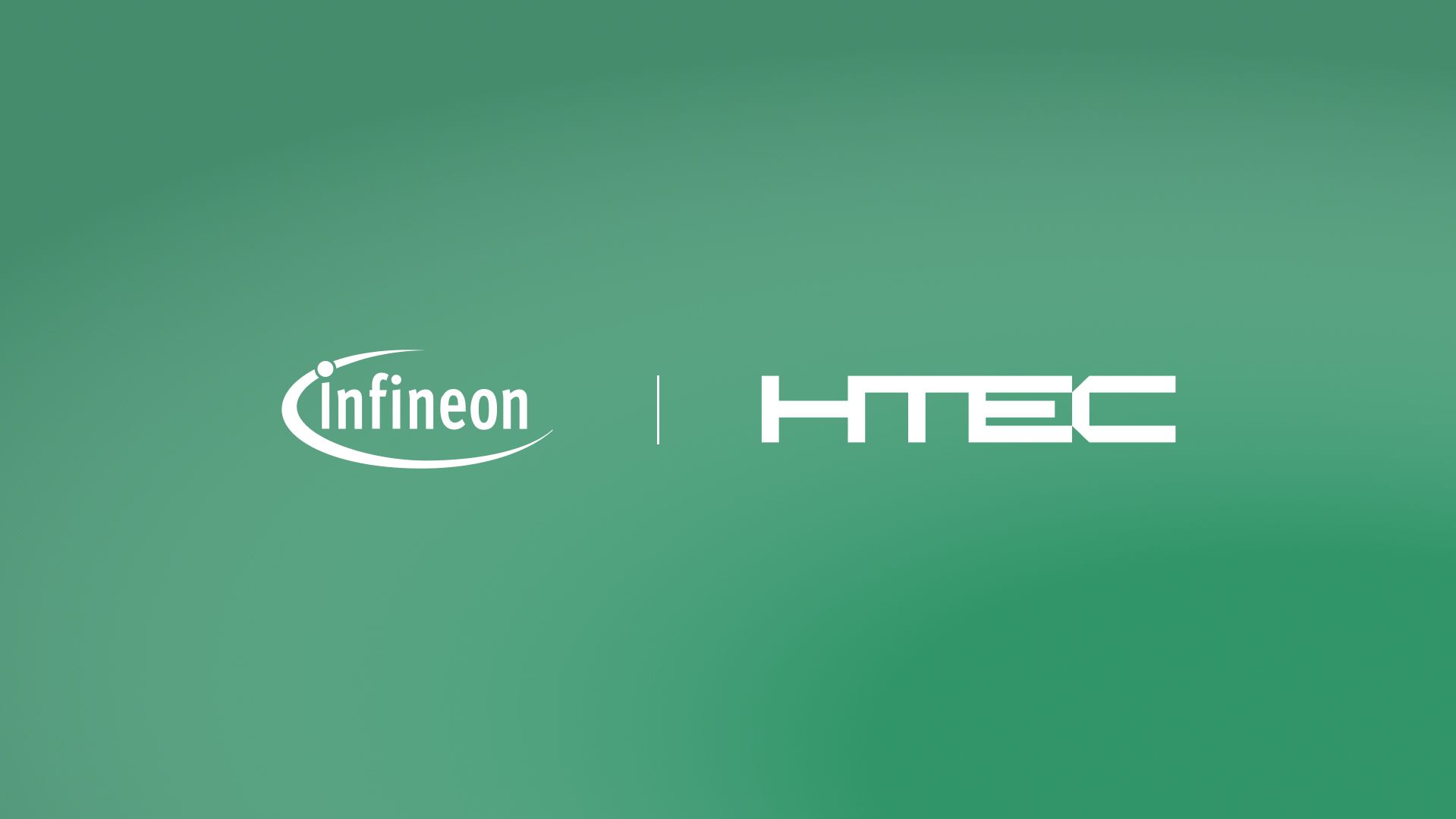For a long time, time to market (TTM) has been one of the main success indicators for companies looking to offer new products or services to customers. With the growing competition in the digital products and services market, putting your solution into users’ hands as quickly as possible seemed like the most reasonable strategy. However, in most cases, accelerating TTM doesn’t guarantee a product or service’s success. It’s not just about being the first to market; it’s about delivering value and a seamless user experience that differentiates your offering from the competition. As a result, companies have been shifting their strategies toward a more outcome-oriented or value-oriented approach. Here’s where speed-to-outcome, a concept that moves away from the output-driven business approach, comes into play.
Value as the leading key performance indicator
Traditionally, a project was considered successful if delivered on time and within budget. While meeting deadlines and budgets is important, ensuring it will meet or exceed the expected value for end users is vital. Therefore, when thinking about offering new solutions to your customers, the central question must be, “What value does it create for users?”. To answer this, businesses should start from the expected outcomes — what users want or need from their products and services — and use it as a springboard to make their solution unique. This strategy not only enhances the overall user experience but also increases the likelihood of customer satisfaction and loyalty. Let’s examine what it entails.
From research to impact: Harnessing speed-to-outcome
Shifting from an output-focused mindset to an impact one doesn’t mean you have to sacrifice speed during the development process. Businesses that want to achieve the best outcomes quickly should focus on these areas during development: user and market research, prioritization, test-best iterations, and continuous improvement. Below, we’ll examine each aspect and look into best practices for implementing them effectively in your organization.
User and market research
User and market research is the foundational step in the speed-to-outcome or speed-to-value approach. By conducting thorough user research and market analysis upfront, businesses gain crucial insights into customer needs, preferences, and pain points. This deep understanding forms the basis for prioritizing development efforts and shaping the initial design and prototypes. Moreover, market research provides valuable context on the competitive landscape and industry trends, guiding strategic decision-making throughout the product development lifecycle. The most effective research and planning teams have extensive industry and technical expertise, giving them a comprehensive insight into unique challenges faced by both users and companies.
Research as a first step is also necessary because it can give you a sense of market timing. Releasing too early into the market or too late can negatively impact the product’s reception — even if you’ve carefully considered pain points and user needs.
Prioritization
Effective prioritization involves aligning business goals with customer needs and market opportunities. By identifying and focusing on high-impact initiatives first, businesses can maximize their resources and deliver meaningful outcomes swiftly. In contrast to the speed-to-market approach, which focuses on releasing the complete product quickly, prioritization in the speed-to-value approach emphasizes delivering incremental value to users at each stage of development. This is not only important for users but can also secure major stakeholders’ buy-in, as seeing tangible results can build confidence and support for further investment and development efforts.
A good example of building incremental value is the Nintendo Switch. When Nintendo first launched the Switch in 2017, it had some serious challenges, such as limited memory and a small game library. Still, the innovative hybrid design and unique controllers that allowed users to play games on their TV or in handheld mode got very positive feedback. Over time, Nintendo released updated models (like the Switch OLED), expanded the game library, and improved system performance, solidifying the Switch’s position as one of the most popular and versatile gaming consoles.
Test-based iterations
The iterative testing process enables businesses to identify and address potential issues or opportunities early on, minimizing risks and optimizing the final product or service. Testing with real users is vital in the speed-to-outcome approach, as it provides direct insight into whether the product or service meets user needs, delivers intended value, and is on track to achieve desired outcomes. In other words, it serves as a critical validation step to ensure that the solution works as intended in real-world scenarios. By observing how users interact with prototypes or early versions of the product, businesses can identify usability issues, gather feedback on features, and validate assumptions about user behavior.
Continuous improvement
Continuous improvement is essential for long-term success in today’s dynamic market. Once your product or service is released, tracking performance metrics and user feedback can help you identify areas for enhancement and respond swiftly to evolving customer needs and market conditions. It’s vital to set the right performance indicators based on the outcomes you want to achieve, once again emphasizing the importance of thorough upfront research as one of the pillars of outcome-based strategies.
Balancing speed and impact: The path to optimal results
The speed-to-outcome approach balances rapid development with delivering user-centric value. By prioritizing user needs and iterative feedback, organizations can achieve swift, impactful results that align with market demands. This method accelerates TTM while ensuring meaningful outcomes and continuous improvement.
Expediting speed-to-outcome with HTEC
A recent 2024 Total Economic Impact™ (TEI) study conducted by Forrester and commissioned by HTEC outlined a three-year, risk-adjusted present value for a composite organization comprised of interviewees with significant experience working with HTEC. Through customer interviews and data aggregation, the study revealed customers experienced an average 12-month decrease in new product release time over three-year engagements with HTEC. The study also showed that HTEC delivered an 82% return on investment (ROI) to the composite organization over a three-year period. In addition, Forrester’s analysis of HTEC’s net present value (NPV) — a key metric showing the long-term profitability of an initial investment — demonstrated that customers realized an average NPV of $3.6 million over three years when partnering with HTEC.
We believe this study reflects the success of HTEC’s development approach, which includes comprehensive planning, requirements analysis, and expert system design, implementation, testing, deployment, and maintenance. We work with clients during each step of the development process to optimize resources, reduce risks, and ensure the delivery of high-quality solutions that exceed customer expectations.
A recent SonarQube code quality analysis also revealed the impact of HTEC’s premium engineering services:
- Up to 10x fewer blocker issues compared to industry counterparts
- 3x faster project onboarding
- Up to 50x reduction in tech debt
- 10x decrease in security-critical issues
Ready to tap into HTEC’s end-to-end development expertise? Take a closer look at Forrester’s study results and download HTEC’s Secure Software Development Life Cycle (SSDLC) infographic to see how we empower customers and transform the software development journey.





